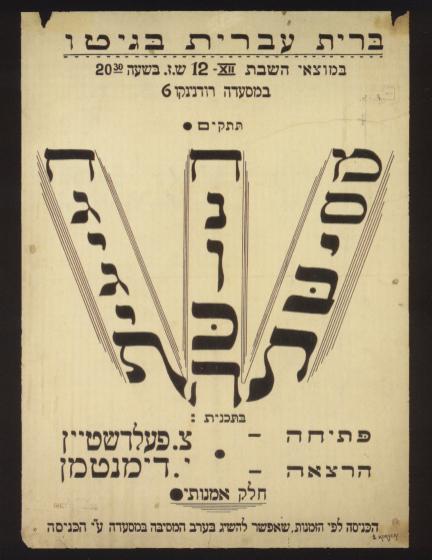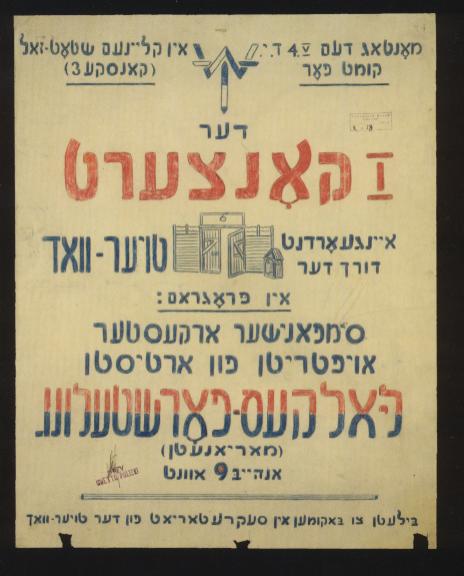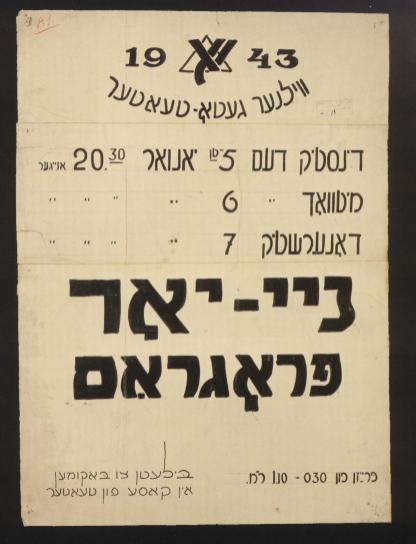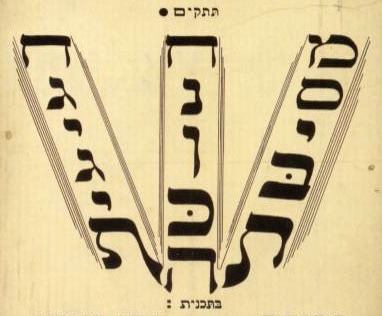Vilna Ghetto posters |
← |
Please contact for more information:
Saulė Valiūnaitė
Phone: +370 5 262 0730
E-mail: saule.valiunaite@jmuseum.lt, muziejus@jmuseum.lt
Content of mobile exhibition
At the end of the summer of 1944, after Vilnius had been liberated from the Nazi plague, a group of partisans – former Ghetto prisoners – returned to their devastated homeland, where, among the ruins of the Jewish quarter, in various hiding places, and from the mountains of waste by the paper factory, they found and salvaged a great number of valuable Ghetto documents, including more than 200 Ghetto posters. Torn and ravaged, victims, like the people of the Ghetto, of violence and brutality, they are the chronicles of the cultural and spiritual life of the Vilna Ghetto. Like a mirror, they reflect the contrasts – cruelty and goodness, despair and endurance, egoism and sacrifice – of the tragic and isolated world of the Ghetto.



| ↑ | ← |

